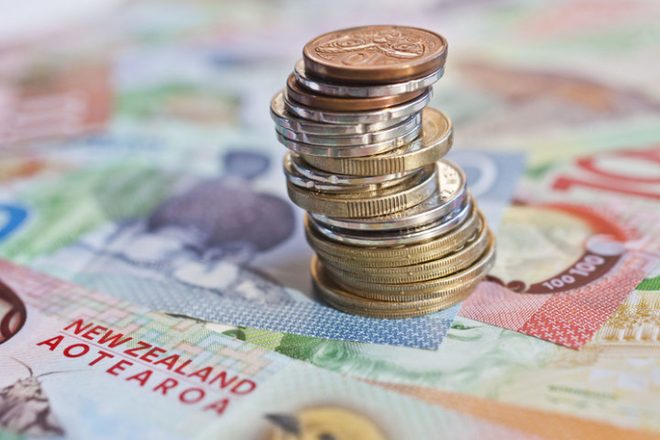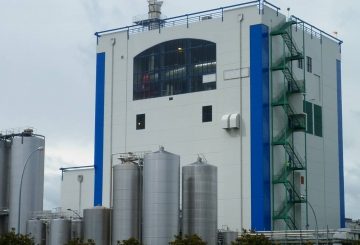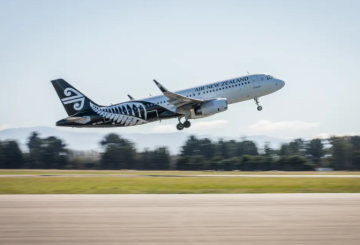앞서 경제학자들은 뉴질랜드 경제가 2분기에 다시 성장할 것이라고 예측했었습니다.그들은 6월 분기 GDP가 0.4% 에서 0.8% 사이로 상승할 것으로 예상했습니다.유제품, 임업 및 육류 수출 개선과 같은 요인이 0.9% 성장에 기여했습니다.뉴질랜드 통계청의 제이슨 애트웰 (Jason Attewell) 은 비즈니스 서비스, 특히 컴퓨터 시스템 설계가 이러한 성장에 중요한 역할을 했다고 강조했습니다.
제조업 활동도 2분기에 증가하여 이전 5분기 하락세를 마감했습니다.2023년 3월 분기의 성장률은 -0.1% 에서 0% 로 조정되었습니다.한편, 2022년 12월 분기는 0.5% 감소했는데, 이는 이전의 -0.7% 에서 수정된 것입니다.
웨스트팩의 선임 이코노미스트인 대런 깁스 (Darren Gibbs) 는 이러한 수정으로 인해 당분간 경기 침체를 피할 수 있을 것이라고 언급했습니다.ASB의 나다니엘 킬 (Nathaniell Keall) 총재는 GDP 상승률이 예상보다 상당히 높았다고 지적했습니다.그는 순이주가 여전히 견조한 반면, 분기 1인당 GDP 성장률은 0.2% 미만에 그쳤다고 덧붙였다.
그러나 일부 전문가들은 금리 인상과 수출 가격 하락과 같은 요인으로 인해 국가가 다시 경기 침체에 빠질 수 있다고 생각합니다.Keall은 뉴질랜드 경제가 지금은 견조해 보이지만 향후 12~18개월 내에 둔화될 것으로 예상된다고 언급했습니다.
ANZ는 “데드 캣 바운스”라는 용어를 사용해 조심할 것을 제안했는데, 이는 일시적인 회복세를 암시합니다.지난 주 키위뱅크의 선임 이코노미스트인 메리 조 베르가라 (Mary Jo Vergara
) 는 다가오는 경제 회복에 대해 우려를 표명했습니다.





























































